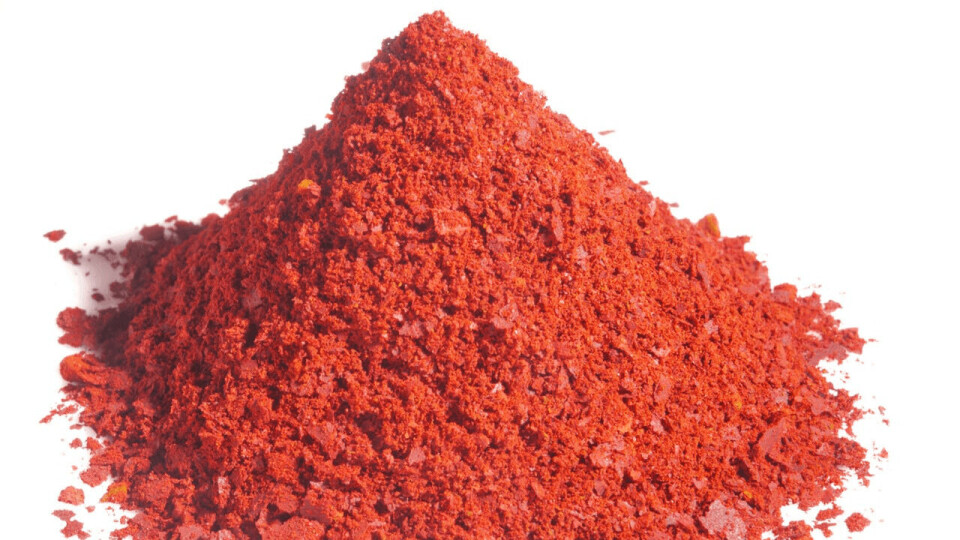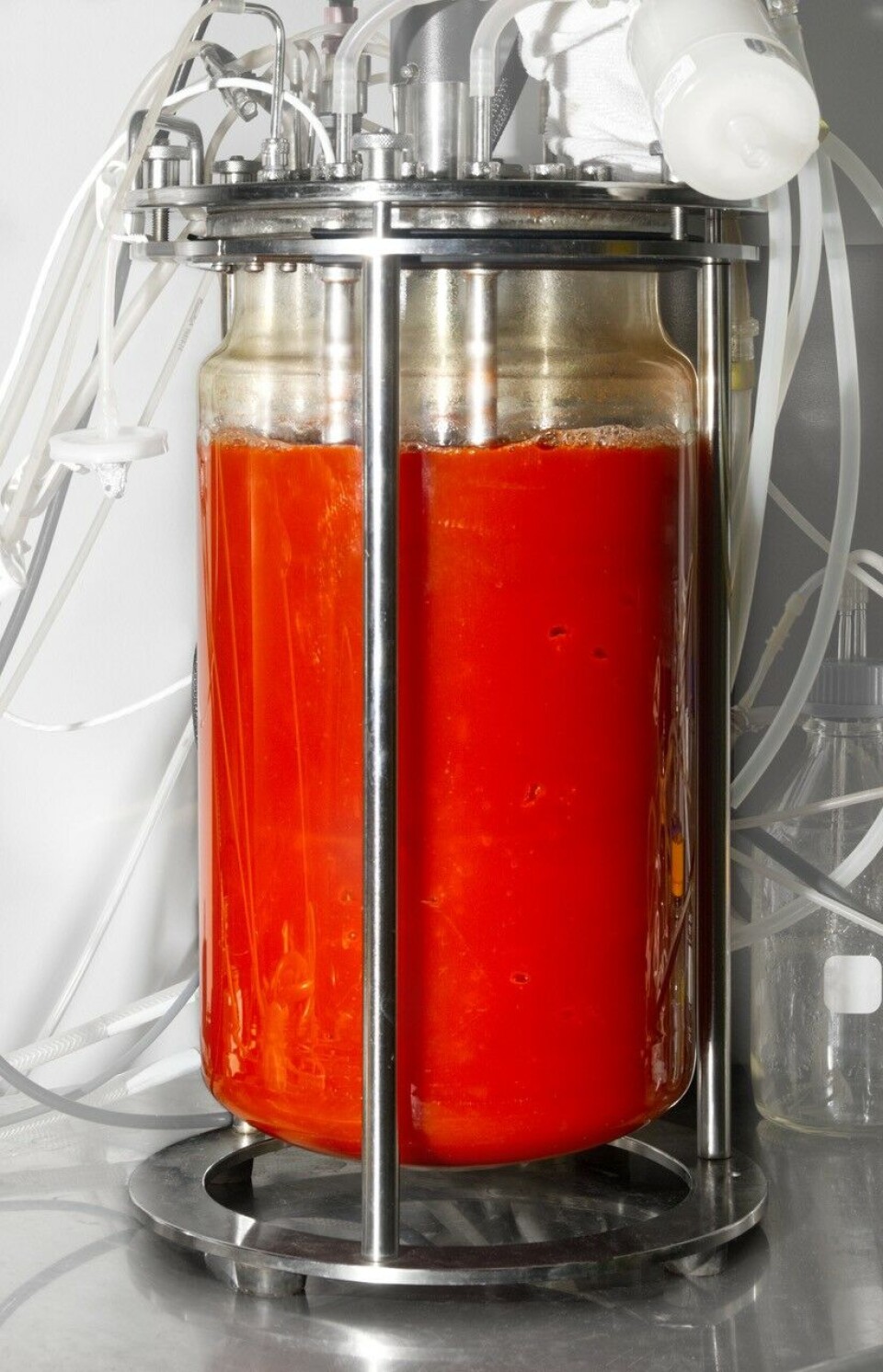
Aqua-Spark investment offers promise of cheaper astaxanthin
Netherlands-based sustainable aquaculture fund Aqua-Spark has invested in Kuehnle AgroSystems (KAS), a Hawaii-based microalgae development company with a method of producing natural astaxanthin, affordably and at scale.
Astaxanthin is used as a pigment and antioxidant in aquafeed for salmonids and shrimp, and as a highly potent antioxidant and anti-inflammatory with many documented health benefits in human nutraceuticals – markets estimated to be worth $1 billion per year.
KAS has patented a novel platform process for the sustainable fermentation production of multiple economically relevant algae and combined this process with its unique non-GM strain of Haematococcus pluvialis to enable it to produce high levels of natural astaxanthin.

Pivotal technology
Among pipeline products enabled by KAS’ patent is a source of highly nutritious human protein and essential fatty acids from Chlamydomonas algae.
Dr Heidi Kuehnle, co-inventor of the technology, chief technology officer and co-founder of KAS, said: “This pivotal technology has the potential to revolutionise algae production for pigments and protein by not only slashing operational cost, cropping time, and water footprint today but with the potential in the future for recycling the gas generated during fermentation to produce feedstock to be fed back into the fermentation process.”
Chief executive Dr Claude Kaplan said KAS had been working on the development and commercialisation of its algal natural astaxanthin for over five years.
Replacing synthetics
“With Aqua-Spark coming on board, we can now fully exploit the opportunity to bring our novel, affordable, sustainably produced astaxanthin to the salmon and shrimp markets and, ultimately, replace synthetic astaxanthin,” Kaplan said in a press release.
“We are extremely excited to work with Aqua-Spark, and their other portfolio companies, and to be able to tap into their vast expertise and networks as we look to bring our aquafeed and nutraceutical products to market in 2022.”
Synthetic astaxanthin, made from petroleum sources, is the most common source of astaxanthin for feed, but there is a market for natural astaxanthin. Scottish salmon farmers, for example, already use a natural astaxanthin.
KAS said that due to a more efficient manufacturing process and its natural chemistry, its product will be a much more affordable and customer-preferred source of natural astaxanthin.
Consumer perception
Mike Velings and Amy Novogratz, co-founders of Aqua-Spark, said: “We’re excited to welcome KAS to our portfolio because we believe producing salmonids fed with natural astaxanthin will not only improve their health but also help to shift consumer perception of the farmed species.
“KAS is poised to have a valuable impact on the sustainable farming of salmonids, by making natural astaxanthin more affordable for farmers who already use it, and by encouraging more farmers who use synthetic astaxanthin to switch to the natural variant.”
Prior to Aqua-Spark investing, KAS participated in an accelerator program through Hatch, another investment within Aqua-Spark’s portfolio.






















































